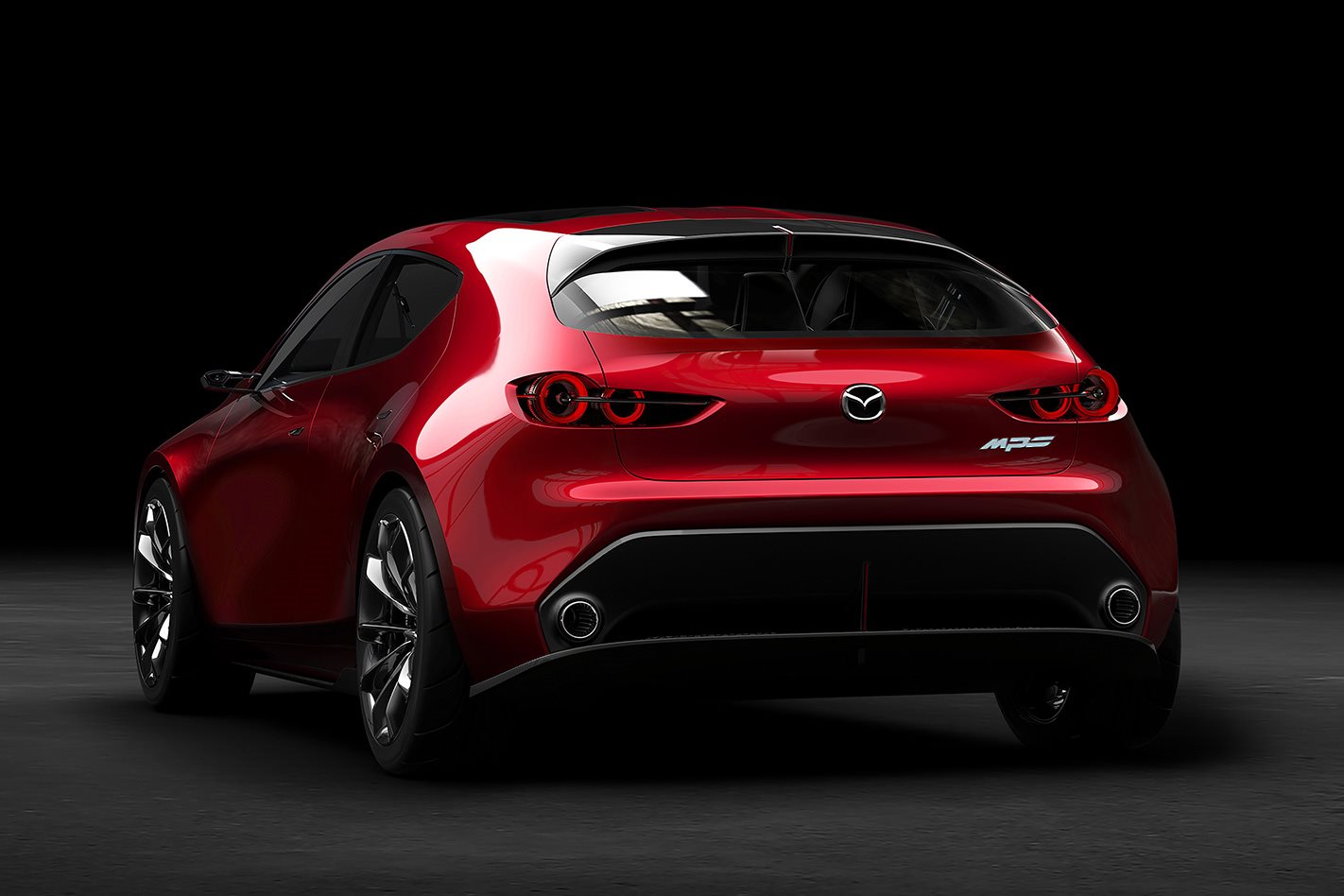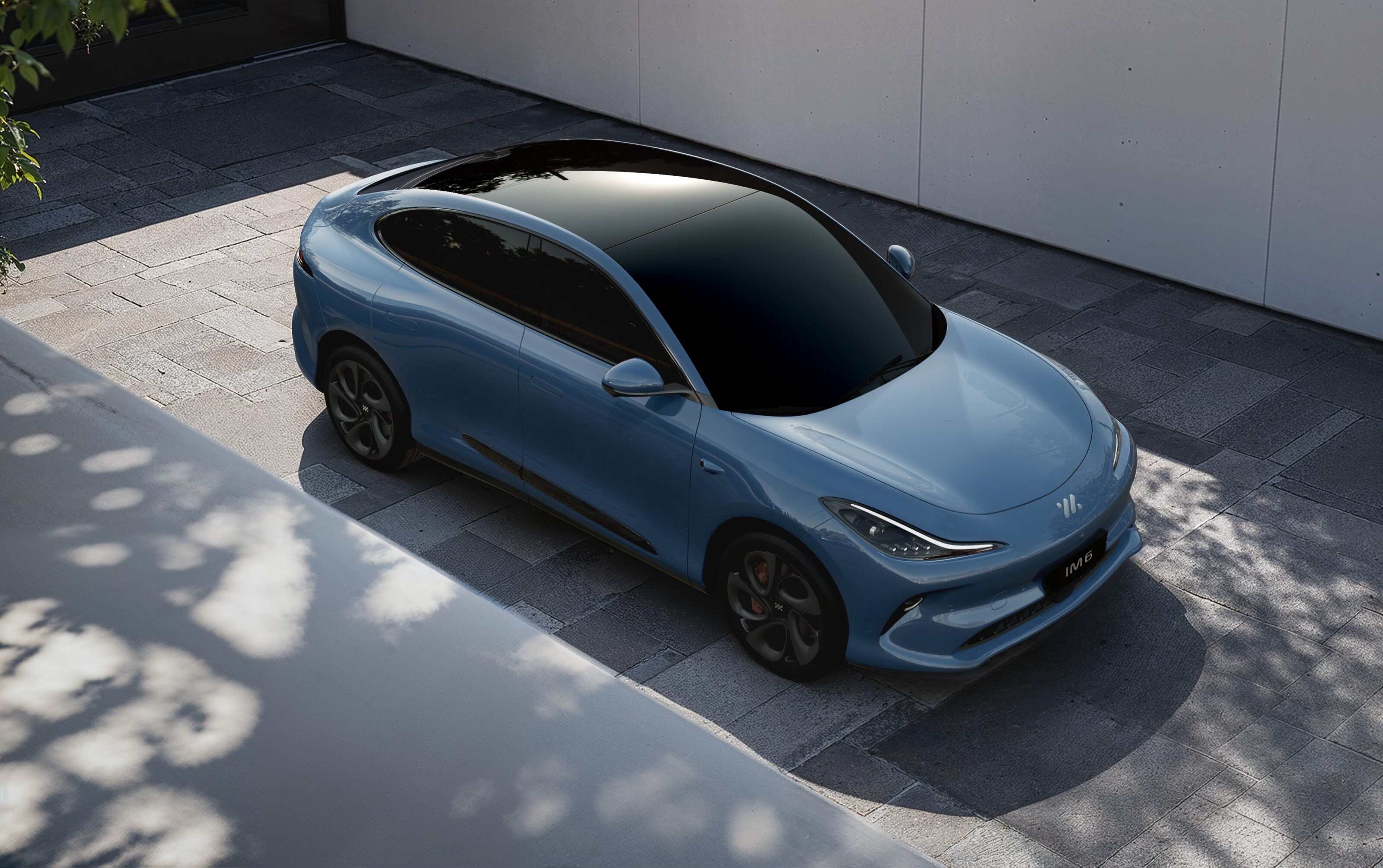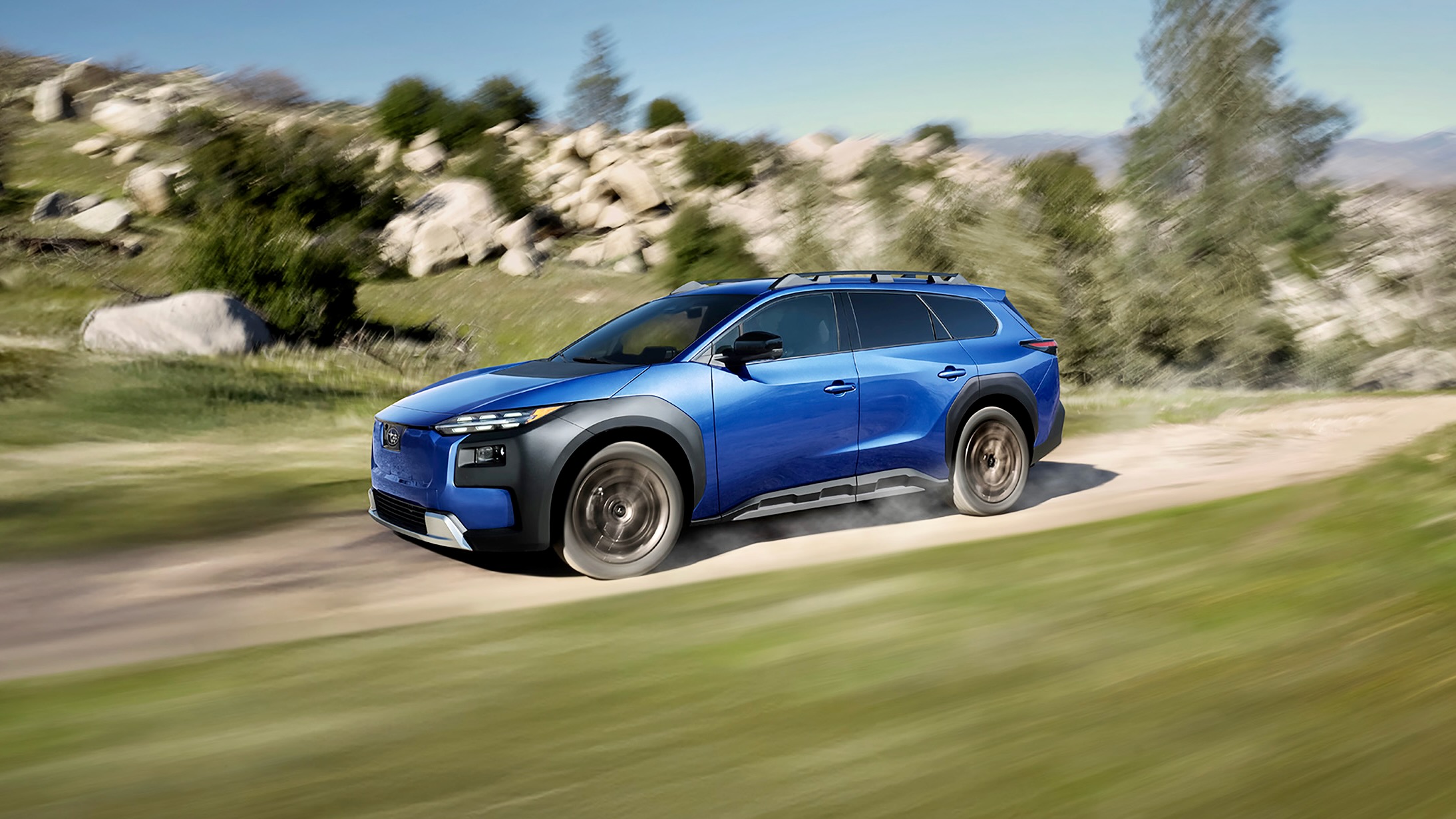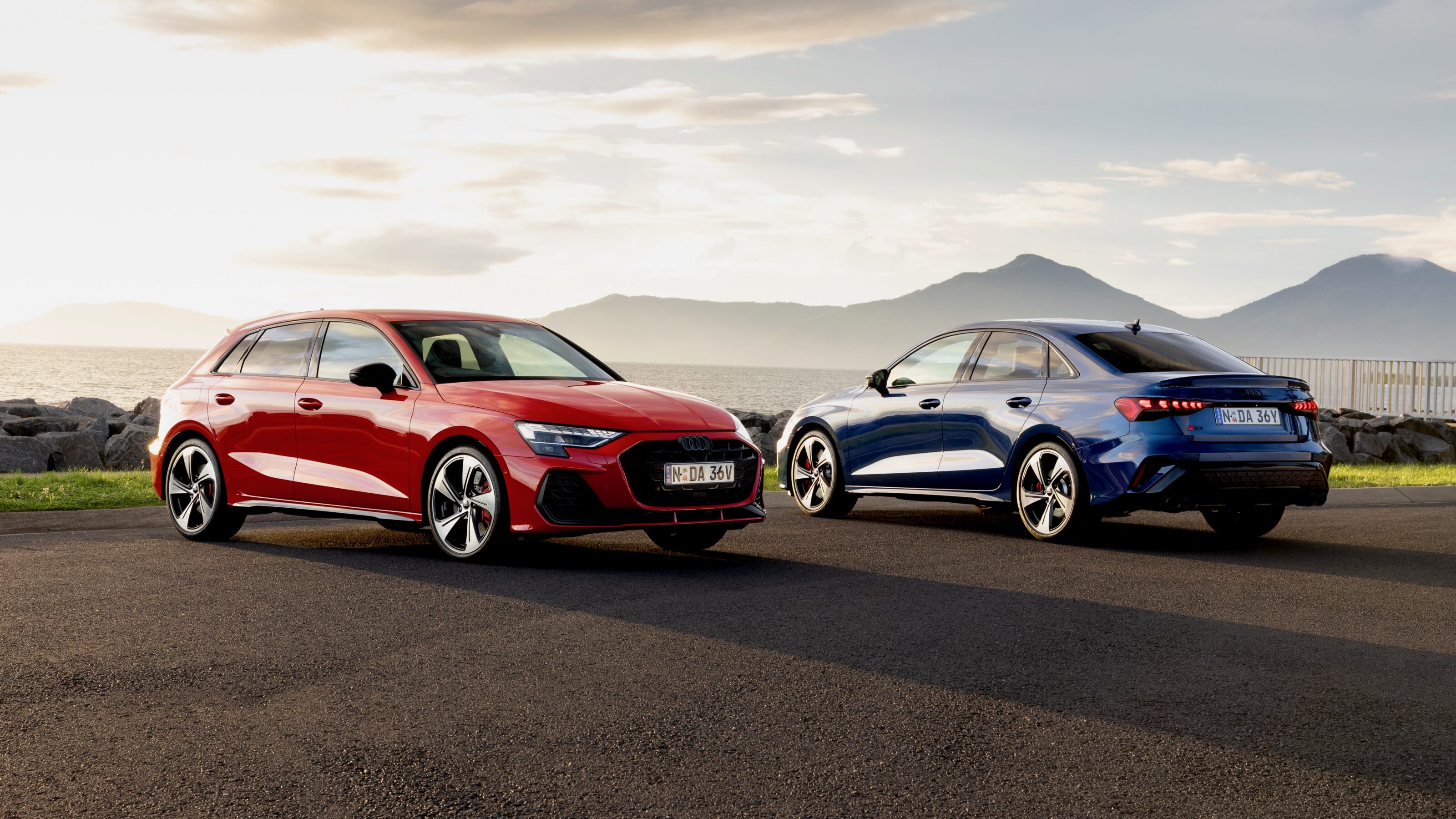BEFORE we get into the meat of this story, let’s get one thing clear – Mazda currently has no plans to resuscitate its MPS (or Mazdaspeed if you’re Japanese or American) performance sub-brand anytime soon. Zero. Nada.
But when the bigwigs in Hiroshima do decide the time is right to inject some sporty sparkle back into its passenger car range, as it did with the Mazda 3 MPS and the Mazda 6 MPS in the noughties, the company has the tech to make it happen.
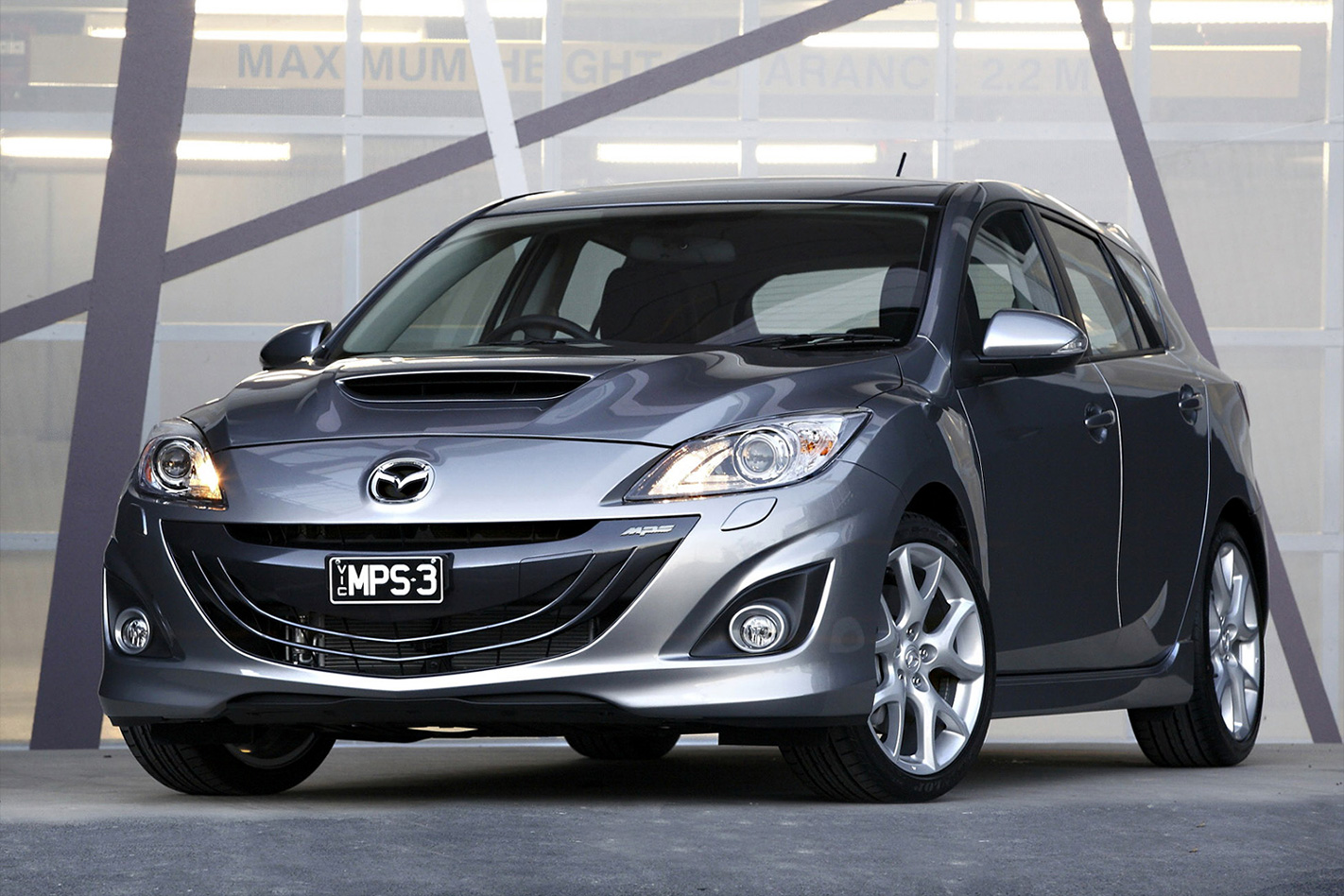
Instead, it could very well be the company’s revolutionary supercharged compression-ignition SkyActiv-X engine under the bonnet rather than a development of the Mazda CX-9’s existing turbocharged 2.5-litre petrol four – Mazda’s only contemporary turbo petrol powerplant.
Speaking to Wheels at the Tokyo Motor Show, Mazda’s managing executive officer in charge of powertrain development, Ichiro Hirose, said the SkyActiv-X engine could be adapted to the role of a high-performance powerplant.
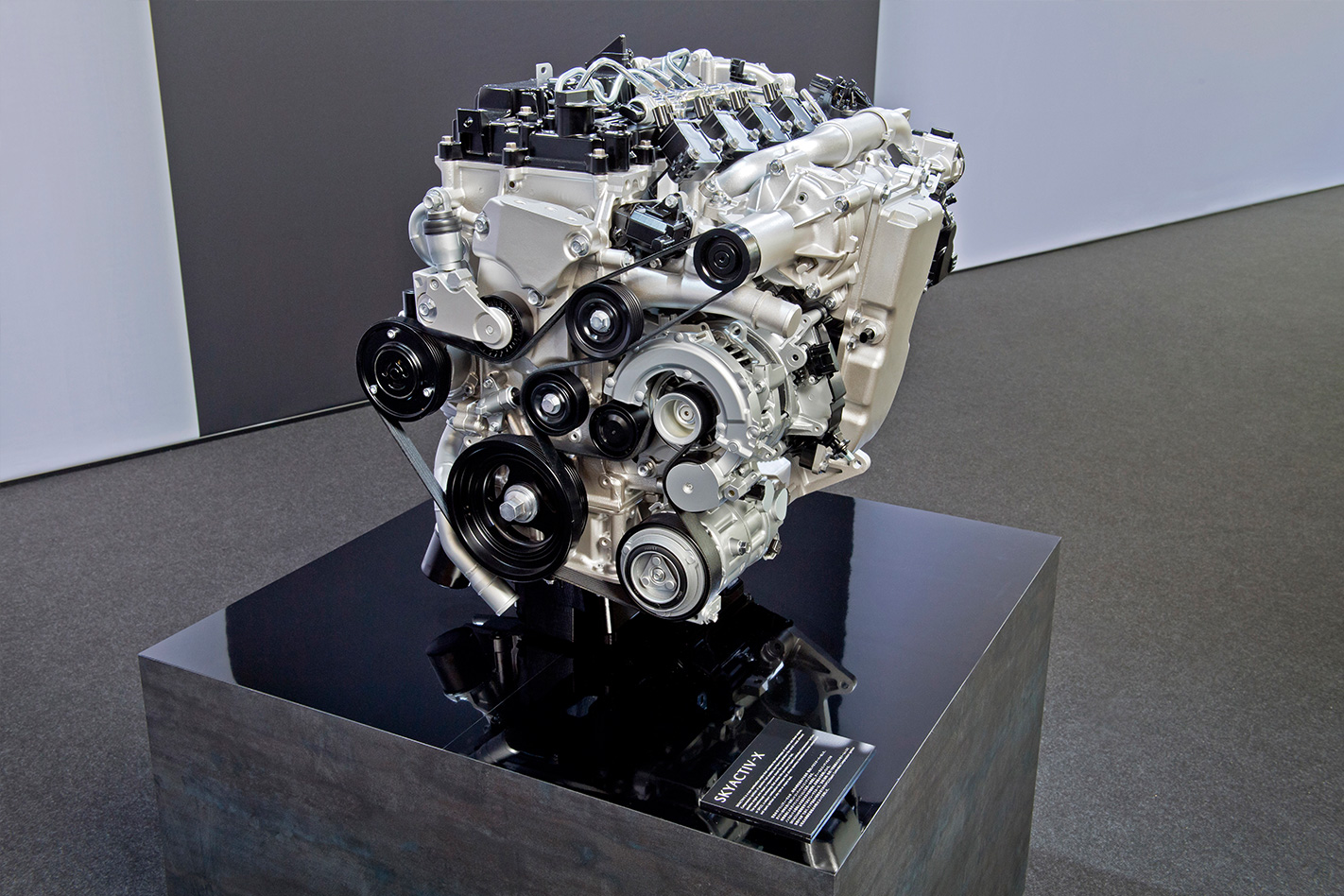
And with the sophisticated compression-ignition engine set to make its production debut in the next-generation Mazda 3, previewed at Tokyo by the Mazda Kai Concept, the prospect of Mazda making a return to the hot hatch segment starts to look feasible.
Unlike traditional petrol engines, the SkyActiv-X burns its fuel-air mixture through sky-high compression ratios, which squeezes the mix until it spontaneously ignites. It can only do so at certain points in its rev range, but the result is a cleaner, leaner burn and more energy extracted per drop of fuel.
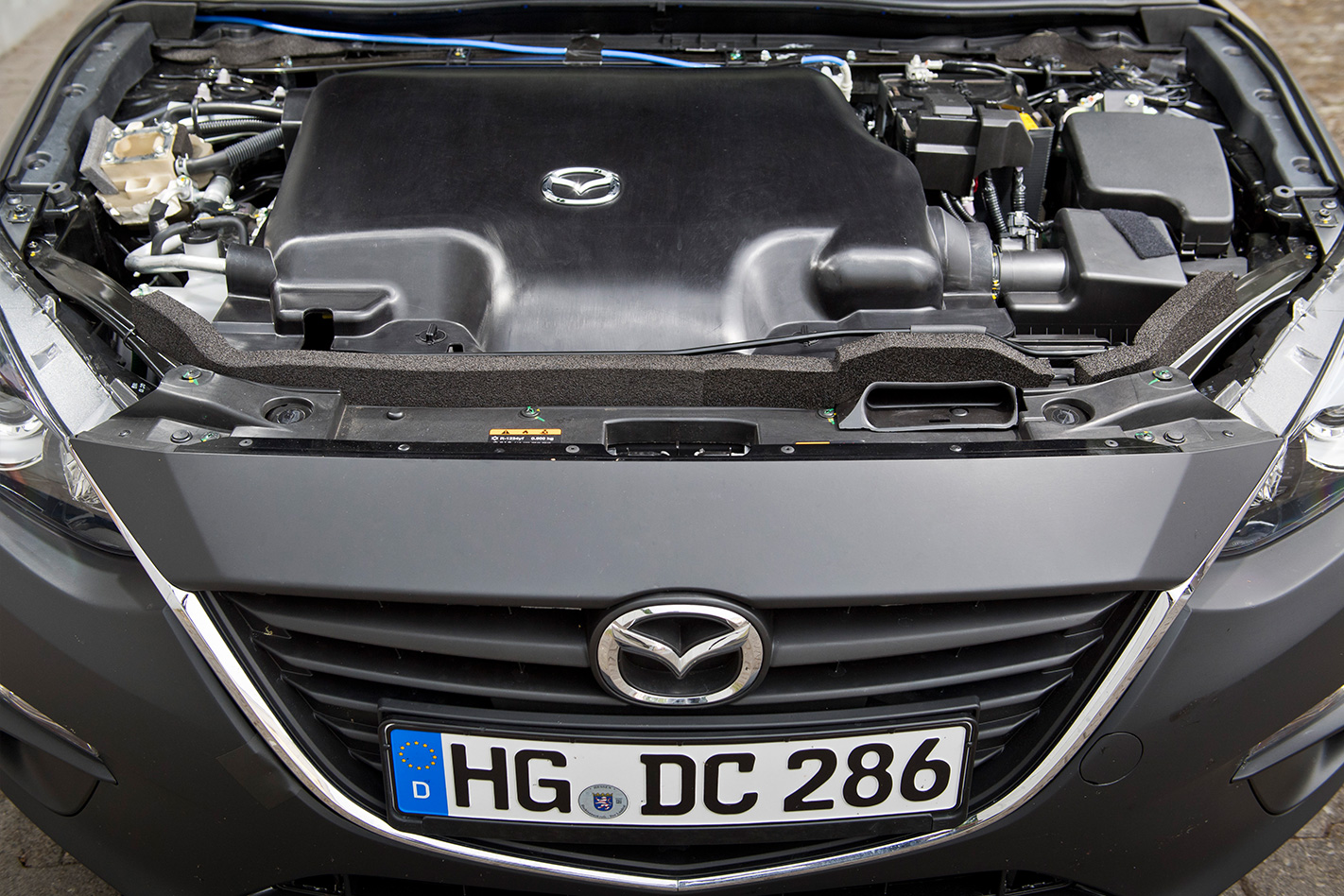
“Since this engine is utilising compression ignition combustion, the lower the octane value actually makes it easier to work,” Hirose said.
“In the case of spark ignition they have to avoid knocking, so high-octane fuel is preferable.

“And if we want to make a high-output [version], we can.”
Hirose’s openness to the idea of a performance-tuned SkyActiv-X variant is a stark contrast to Mazda’s attitude toward giving the CX-9’s turbocharged 2.5-litre the same treatment. Speaking to engineers at the debut of the CX-9, questions about hot hatch applications for Mazda’s turbo tech were met with explanations about how its torque-rich, non-revvy nature were at odds with Mazda’s requirements for sports models.
SkyActiv-X, however, appears to have more potential. The Kai Concept may have its aggressive stance, big wheels, gigantic brakes and ground-scraping bodykit toned down when it morphs into the grocery-getting Mazda 3 by 2019, but MPS fiends should take comfort in knowing that the 3’s new engine has the right DNA to breed a proper athlete.

